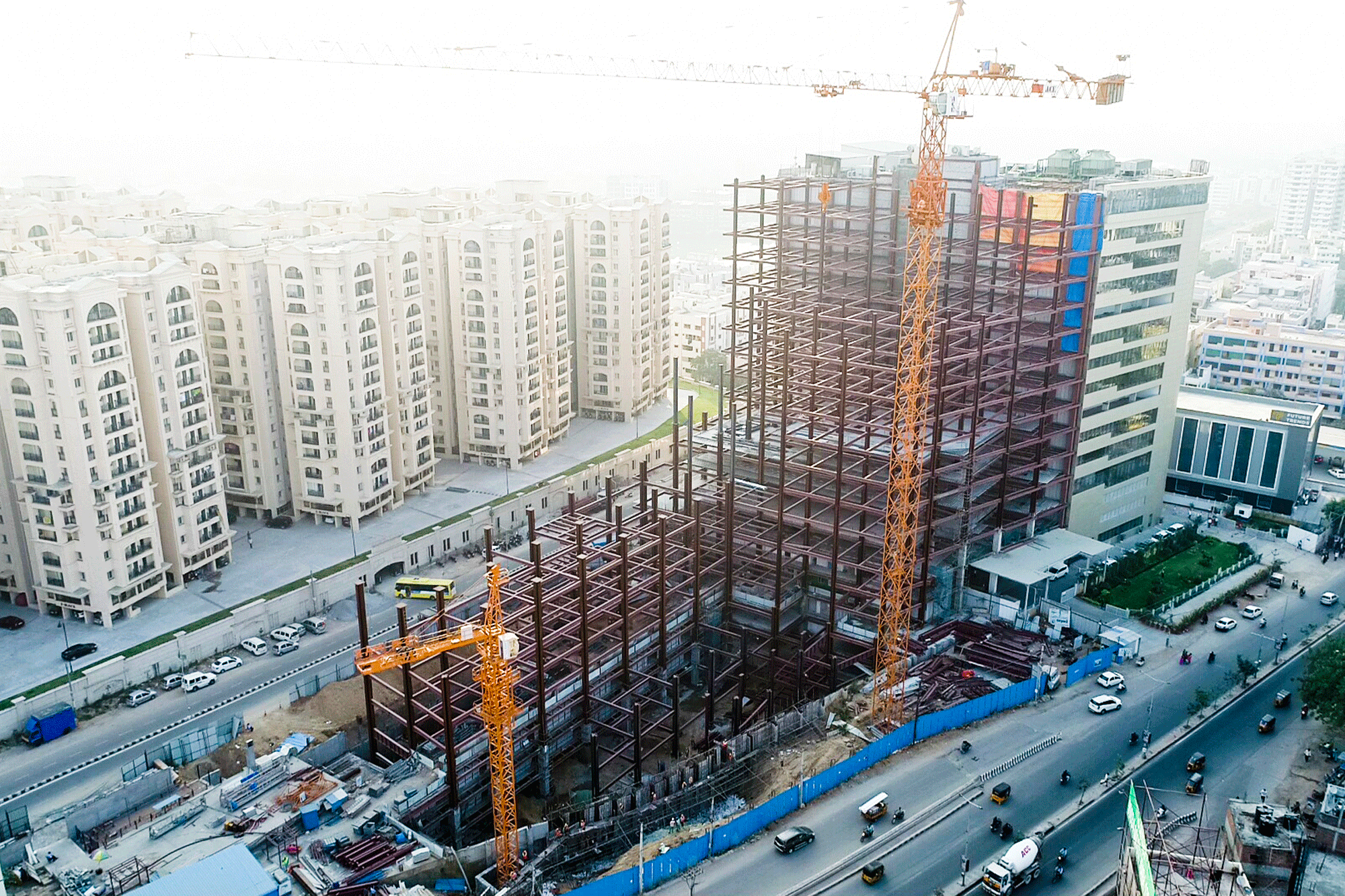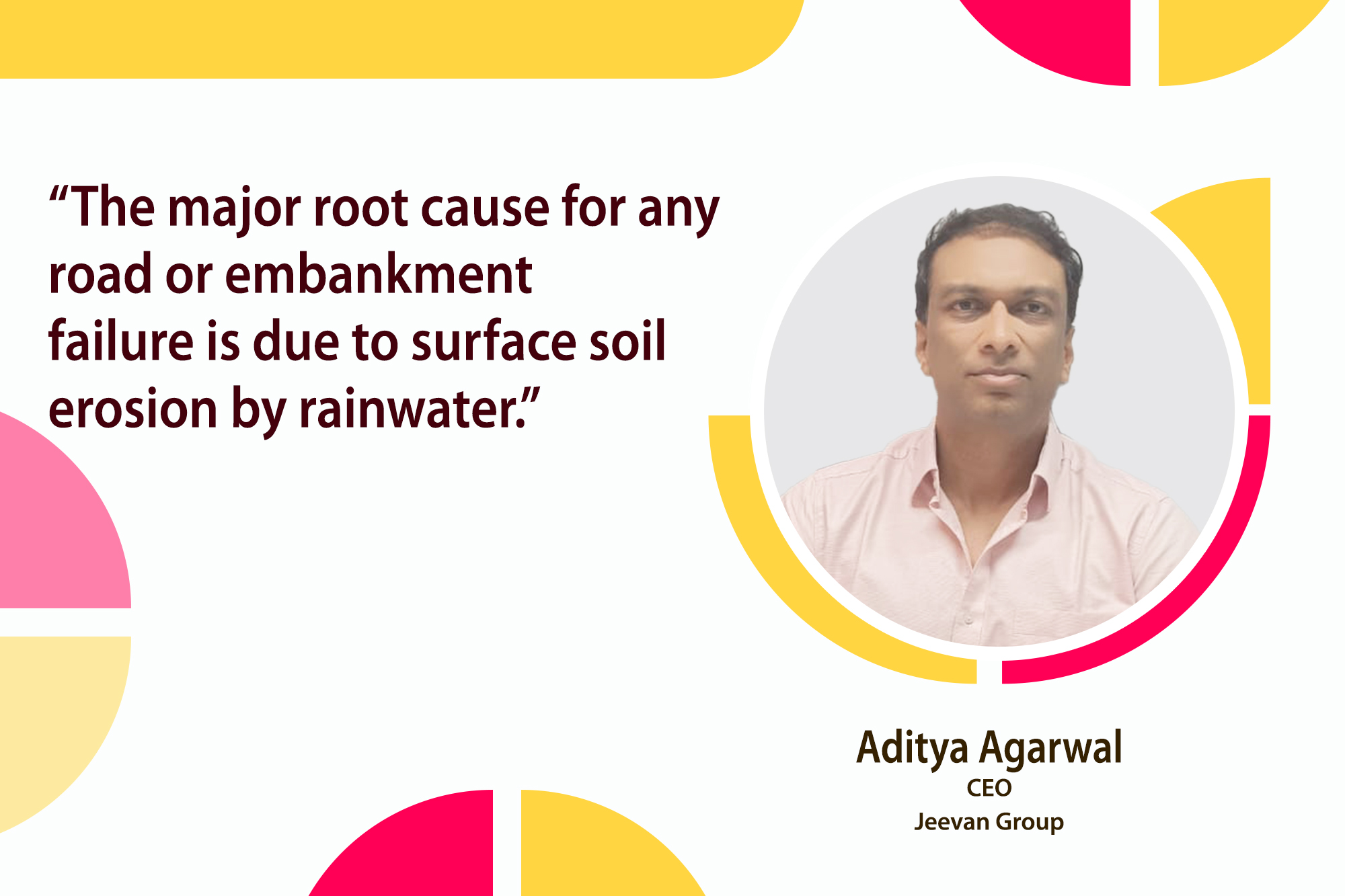PEB: Breaking the jinx
By Edit Team | November 29, 2019 6:47 am SHARE

Even though the odds were not in its favour in the beginning, PEB has emerged as an option the construction industry is paying heed to. Experts opine the market share of PEB in India stands at 33 percent. Considering the PEB journey was incepted in 1990, it seems, a good deal of work remains to be accomplished.
Given the geographical and economic diversity of India the construction industry in India keeps adopting newer methods to gratify the needs which arise. In the existing business climate where the number of unsold inventories in real estate is high and the need for affordable housing has scaled up PEB has emerged as a viable option to construct houses. PEB concept was introduced in India in the late 1990‘s and underwent the first wave of adoption in 2000‘s. It is highly favoured due to its lower project costs and lower turnaround time.
The Inception and evolution of PEB
Pre-engineered buildings industry traces its roots to US (1900s) with construction of simple industrial buildings using straight columns, sectional roofs, truss rafters and other connectors. In 1940s acceptance of PEB grew driving mass production in USA. With advent of computers in 1960s the PEB designs became more organized driving the adoption of PEB structures even higher in USA and other advanced economies of the world.
By 1980, PEB became accepted form of construction for industrial and other commercial segment in US and other developed countries. In US, the PEB contributed to as high as 70% of industrial buildings construction. PEB was introduced in India during late 1990s with onset of Indian economic growth post liberalization of 1991. However, the acceptance among consumer segments began in early 2000, today the contribution of PEB in the nation building is immense. PV Rao, Managing Director, Pebs Pennar points out “These days most of the steel buildings related to ware houses and industries are PEB’s. In railways also PEB’s are gaining acceptance now in a big way. In steel plants and fertiliser plants, where there are heavy EOT cranes, still the consultants are preferring conventional hot rolled structures. We can now see visibility of PEB’s in airports, sea ports, power plants, cement plants, retail stores, commercial high rise buildings etc in India.”
The Story Therein
As far as the market share of PEB is concerned the industrial segment which includes industrial sheds and manufacturing facilities forms a major share of the market share followed by commercial segment which includes warehouses and, retail shops. Then there is the infrastructure segment – railway stations, metro station, aviation hangars etc. However the participation of this segment is low in comparison to the global average. Currently the market size in India for PEB is pegged at Rs 4000 crores. Having said that, there is a lot that is yet to be tapped since 67 % of the market is still based on conventional construction techniques.
Success in PEB industry is driven by design capability of players along with their proficiency on factors such as technology, manufacturing footprint, sales and marketing and pricing. Superior design talent along with advanced design technology is a must for success in PEB industry. Ability is to meet large orders and deliver them across India is a critical driver of success for the PEB players. Customer apprehension about strength of steel structures, cyclical nature of end-user demand, intermittent nature of large profitable orders, requirement of skilled manpower, fluctuation in material prices (mainly steel) and taxation anomalies remain as some of the challenges for the industry. Indian PEB industry is a high growth opportunity market. Even though the market in India is fragmented, companies can still create profitable businesses by increasing switching costs and creating differentiation through engineering services and excellent supply chain capabilities.
PEB and Sustainability
The recent economic slowdown had an effect on all the segments but PEB still has a good reason to retain focus in the concerned sectors. A lot of this has to do with the sustainable nature of PEB. Given the contemporary consciousness towards sustainability, more and more people are adopting PEB. This is one of the reasons why the use of PEB in residential sector is rising steadily. Steel is one of the major components in PEB. Hence the PEB structures are not only robust but they can be recycled easily. Climate wise too PEB is a good choice for India as they tend to remain cool in hot conditions. Pulin Trivedi, General Manager, Building Solutions Tata Bluescope Steel says “In general there are many components due to which PEBs can be termed as green buildings. PEBs have skylights and wall lights that enabling natural light cutting down on electricity consumption. The insulation in the roofing system enables thermal efficiency. Natural ventilation in form of turbo vents, ridge vents, louvres and roof monitor exhaust CO2, hot air and other harmful gases, maintaining healthy indoor environment. Since all these work on gravity there is zero energy consumption.”
The Future Ahead
Booming e-commerce industry is resulting in an increased demand for storage and subsequently, heightened demand for warehouses. This trend is also poised to have a positive influence on the market. The attributes of PEB that complement its use in construction of warehouses include low erection time and cost, architectural versatility, expansion flexibility, large clear spans, and low maintenance.
One of the relevant examples to cite is the large warehouse for GMR Projects at Shamshabad International Airport Hyderabad (RGIA) designed by Pennar Engineered Building Systems Ltd in 2018. This warehouse was constructed as per the specifications and a drawing provided by Amazon India and the building is meant for fulfilment centre of Amazon India. Both GMR and Amazon India were extremely satisfied with the end result and execution of the project in terms of timelines and quality.
Flourishing service sector, including IT/ITeS, BFSI, and telecom companies, coupled with expansion of multinational companies is also expected to escalate the demand for construction of commercial buildings and thereby push the demand for PEB. The market is expected to witness significant growth on account of increasing awareness regarding modern off-site construction techniques. In addition, rising demand for green buildings globally will shift focus from traditional steel buildings to PEB, which consumes lesser energy during and post construction. However fluctuating steel prices coupled with low market penetration are poised to hamper market growth. In addition, unavailability of skilled labour and advanced technologies can also restrict the growth of the market.
So it is essential for the policy makers to ensure that fluctuation of raw material price namely steel is arrested and likewise a proper program is developed to ensure that the availability of skilled labour to ensure a smooth ride.
These days most of the steel buildings related to ware houses and industries are PEB’s. In railways also PEB’s are gaining acceptance now in a big way.
PV Rao, Managing Director, Pebs Pennar
PEBs can be termed as green buildings. PEBs have skylights and wall lights that enabling natural light cutting down on electricity consumption.
Pulin Trivedi, General Manager, Building Solutions Tata Bluescope Steel
Cookie Consent
We use cookies to personalize your experience. By continuing to visit this website you agree to our Terms & Conditions, Privacy Policy and Cookie Policy.



































-20240213125207.png)

























